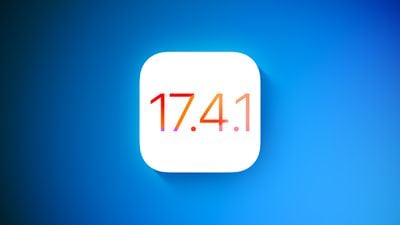[ad_1]
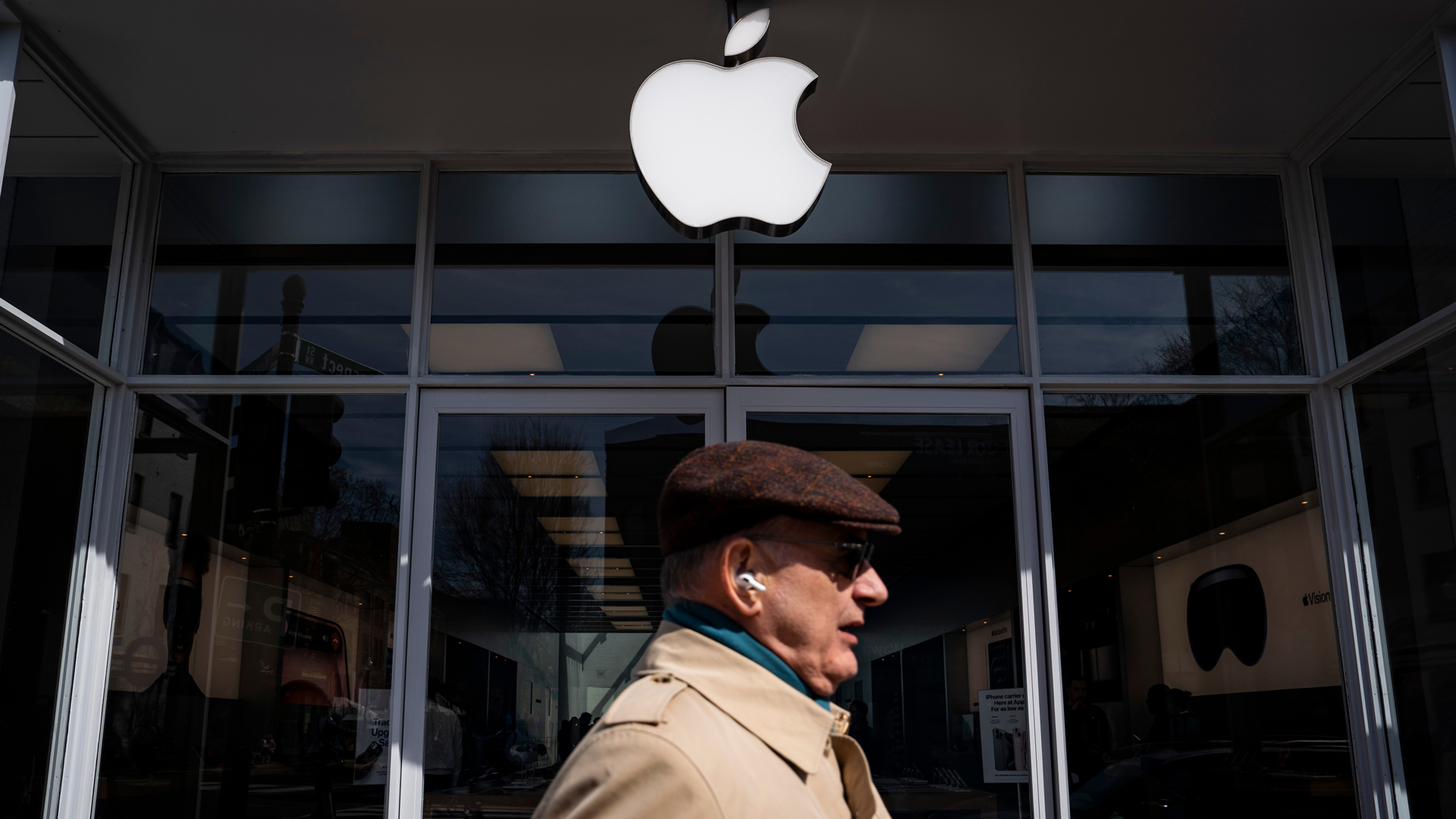
Apple‘s iPhone business is not a monopoly. It’s not even close to one, and it’s almost comical that the US Department of Justice (DOJ) is trying to build a shaky case around how Apple manages its software and third-party product integration.
First, there’s the obvious argument: iPhone has just 57% of the US market share (though I’ve also seen numbers closer to 70%), and globally, it has roughly 20%. You don’t need to be a math major to know that, by any measure, those are not “monopoly” numbers.
There’s no argument that Apple is far from perfect on the inclusivity front. It dragged its heels on working with Google-supported RCS messaging standard that would force it to support full-capability messaging from Android devices; its Apple Watch does not work with Android phones; and, similarly, leading smartwatches from Samsung and Google do not work on the iPhone.
Of course, RCS support is now set to arrive on iPhones. Sure, it won’t be complete integration or cross-platform compatibility. You’ll be able to message – with undo-send, edits, and full-resolution photos and videos – with all your Android friends, but only from within a separate iPhone RCS messaging app. RCS messages will not appear, it seems, inside of iMessage. In other words, it may feel a bit like messaging in WhatsApp on an iPhone. Even so, Apple’s not blocking the idea.
It’s also worth noting that earlier Samsung Galaxy Watches did work with iOS, but that was before Samsung switched from its Tizen OS to WearOS. Is Apple taking its sweet time in adding WearOS support to the iPhone? Yes, and one wonders if it’ll ever do so.
Others agree
Post by @lanceulanoff
View on Threads
There are also fair questions about why the Apple Watch still doesn’t work with any of your best Android Phones. I agree, this is a problem. On the other hand, I don’t believe companies should be forced to make their products work with competitors’ products unless there’s a good market/business reason, existing standards, or significant consumer demand.
If there is consumer demand, I certainly haven’t seen it, and Apple also has no business incentive for offering that level of compatibility. Those who lust after the best Apple Watch but own a Samsung Galaxy S24 Ultra might switch to an iPhone 15 Pro Max in order to own that watch, but if they’ve invested in that excellent Android phone, I highly doubt they’d make that switch. More importantly, this is not the reason why someone would switch from Android to iPhone.
In a similar vein, I don’t think the lack of compatibility is what might keep people from switching from iPhone to Android.
It seems to me that the DOJ is confusing ‘monopoly’ with ‘ecosystem.’ Apple’s full-stack control, from silicon to components to platform to consumer hardware, is almost unmatched in the industry. The Apple ecosystem, and the considerable consumer benefits it offers, springs directly from that control.
I spent almost two decades using a mix of Windows PCs and Apple mobile devices, including Apple Watches, the best iPads, and the best Phones. Everything worked fine and I never felt that, for instance, my iPhone was trying to nudge me to switch to a Mac, or that my Apple Watch harbored secret disdain for the Windows platform.
When I made the choice to switch to a MacBook in 2023, though, my life was transformed. There has never been a collection of hardware and software that works as well together as Apple’s. This is not coercion; it’s consistency, and seamless integration.
The process was eased, in part, by the ability of macOS, iPadOS, and iOS to work seamlessly with third-party systems like Microsoft Word, OneDrive, Google Drive, Google Docs, Gmail, and Chrome. To me, this is the best of both worlds, and not a single worldview that tries to force me to see things the Apple way.
The DOJ needs to get up to speed with reality
There are other head-scratching parts of this case, such as the DOJ’s accusation that Apple is “Suppressing cloud-based mobile streaming services”. Obviously, the DOJ can’t be talking about Disney Plus, Paramount Plus, Netflix, Amazon Prime Video, and countless other streaming platforms, all of which work on my iPhone, iPad, and best MacBook.
It’s not always a perfect relationship. Netflix doesn’t want to work within Apple TV because the company is not interested in paying the 30% ‘Apple Tax‘.
Apple’s App Store policies are probably the closest Apple has come to being a monopolistic player. There’s only one way to get iOS apps, and developers have had to pay as much as 30% of their customer revenue to Apple for the privilege. Apple has walked back some of these fees, and many smaller developers pay half that much, Elsewhere, the EU has chipped away at Apple’s exclusionary tactics, and forced the company to accept third-party app stories (with a mass of caveats).
I’ve never minded the single-store system, and I appreciate the promise of privacy and security that it affords. Apple, though, could still do a better job of vetting charlatan apps like the current explosion of fake ‘OpenAI Sora Apps’ (OpenAI has yet to publicly release a Sora app to consumers). Even so, problems like that will only get worse if Apple is forced to open its US iOS app market to third-party companies.
Apple’s not perfect, but the iPhone is pretty close
I’m not arguing that Apple is a blameless operator. Its app vetting process is a black box that makes a lot of arbitrary decisions. It has an “Apple’s way or the highway” attitude when it comes to app and developer disputes (see Apple vs. Epic Games). Apple will almost always decide in favor of itself and its own businesses, and is never first to offer cross-platform interoperability.
Apple’s approach can seem imperial at times; but it’s also effective, and not just for itself. Most people I talk to willingly choose the iPhone, and not because they feel they have no other choice. Similarly, people choose Samsung and Google Phones for their own idiosyncratic reasons. No one is trapped, stuck, or more importantly without choice.
I agree with Apple that the DOJ does not understand the technology, and nor should it be in the position of making technology choices for tech companies or their customers. Suppose the US Government wins, and it does start making those choices. It would be fixing a problem that doesn’t exist, and that no consumer asked it to fix, while also potentially ruining the relationships with companies and their products which most consumers currently enjoy.
You might also like
[ad_2]
Source Article Link





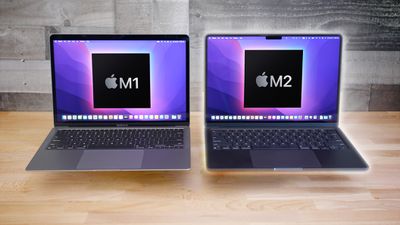


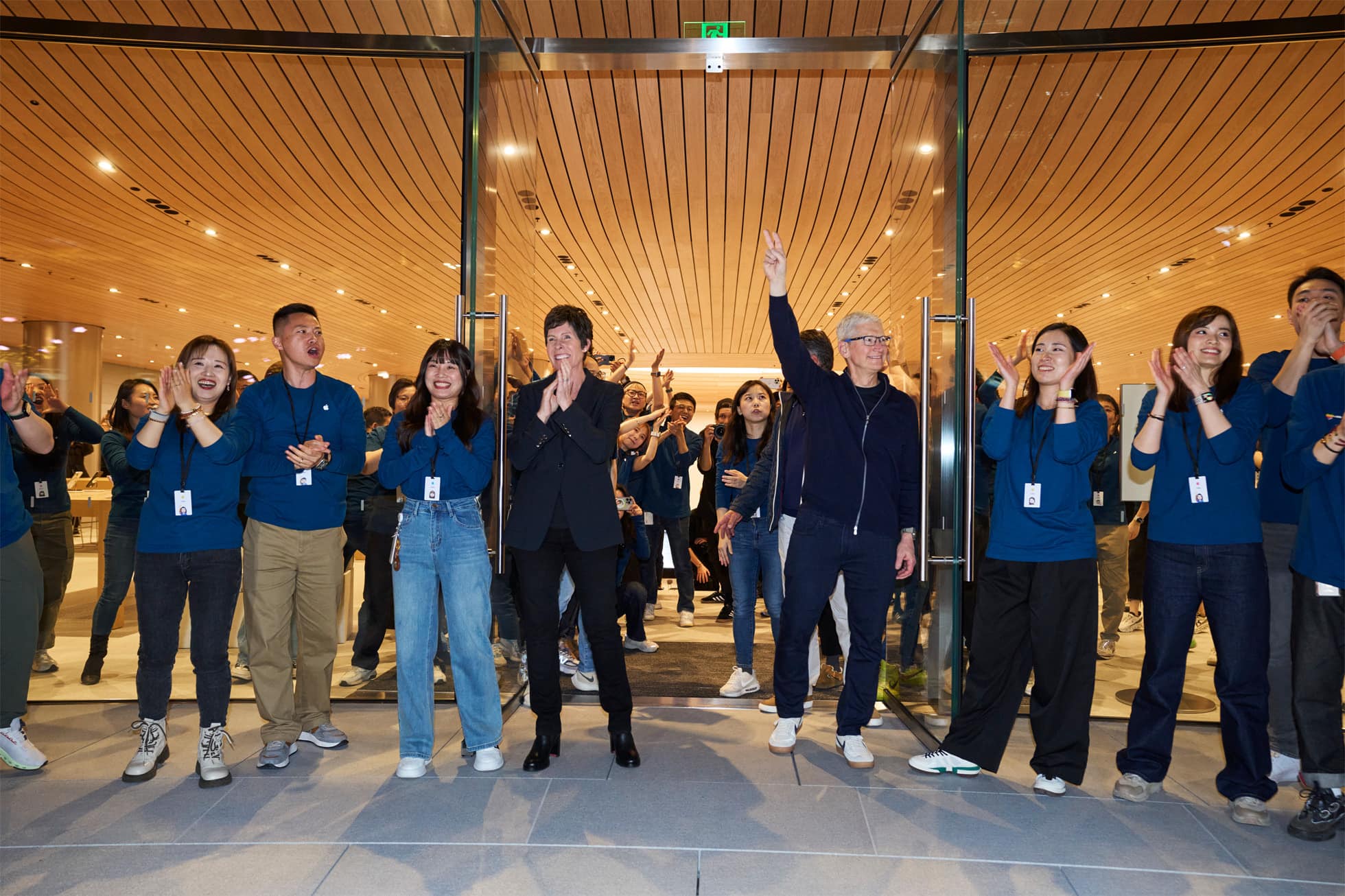


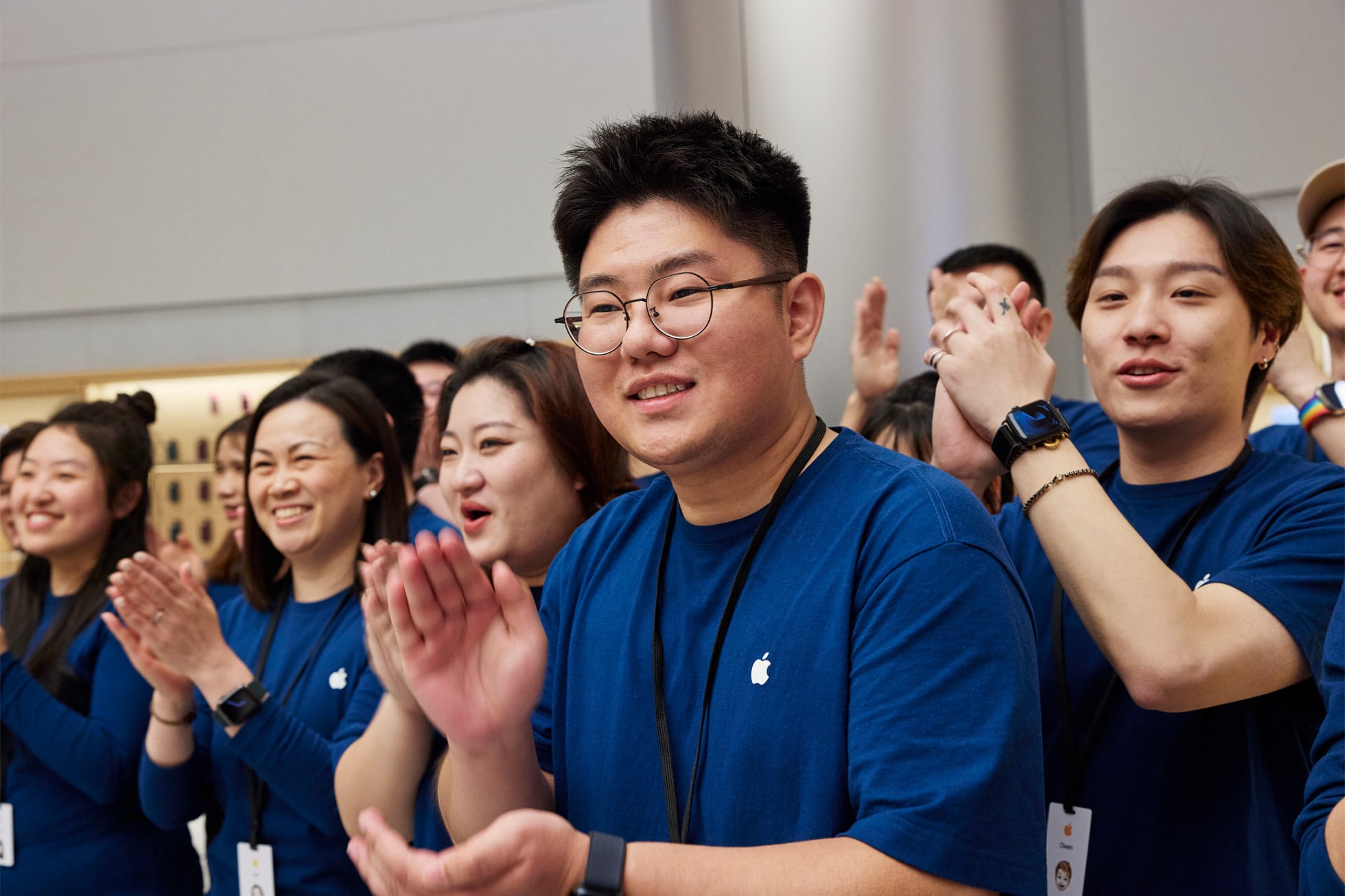

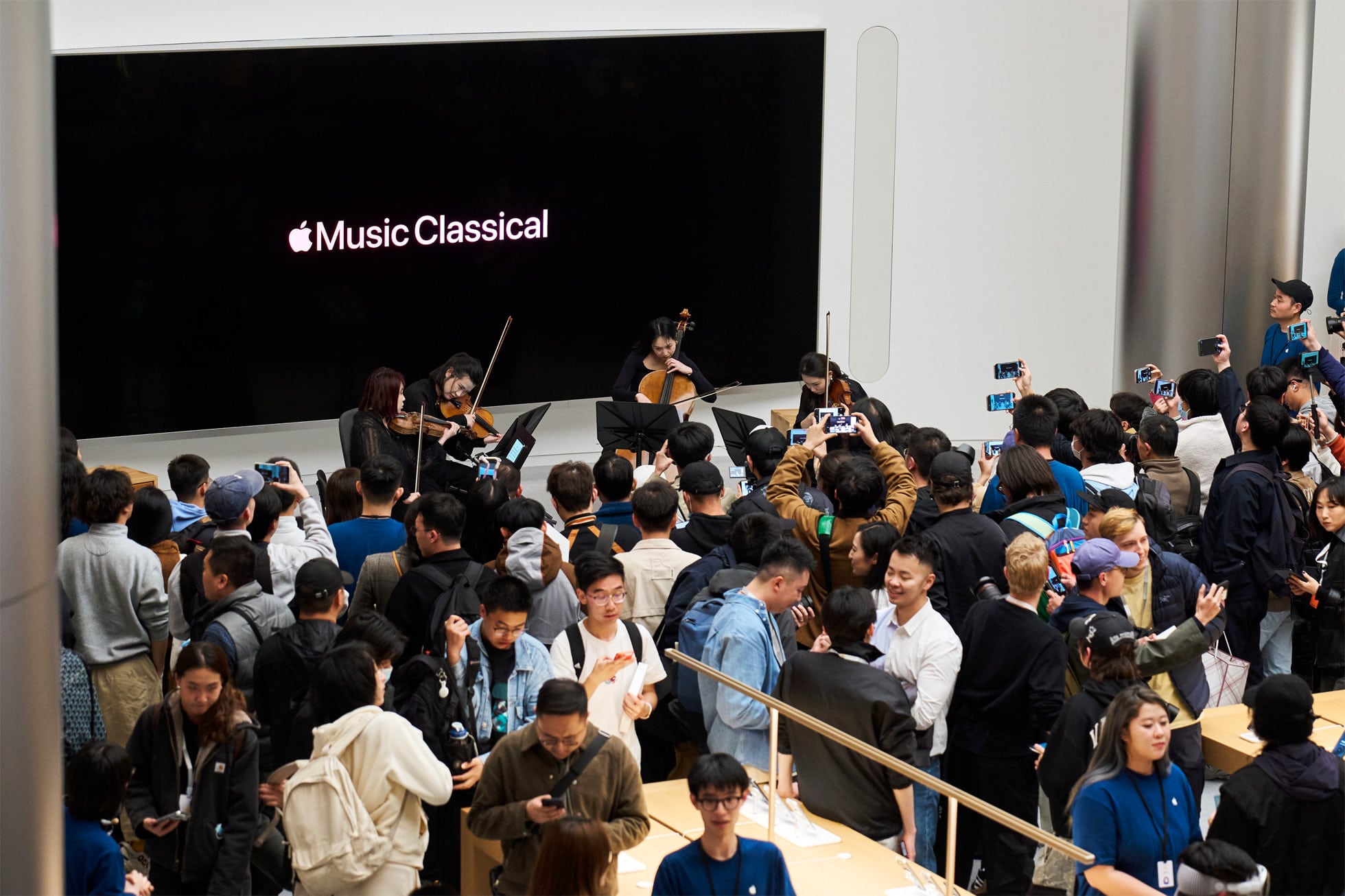




 March 21, 2007: Apple launches the Apple TV, a gleaming white set-top box with a remote control, for bringing iTunes media to the living room.
March 21, 2007: Apple launches the Apple TV, a gleaming white set-top box with a remote control, for bringing iTunes media to the living room.
